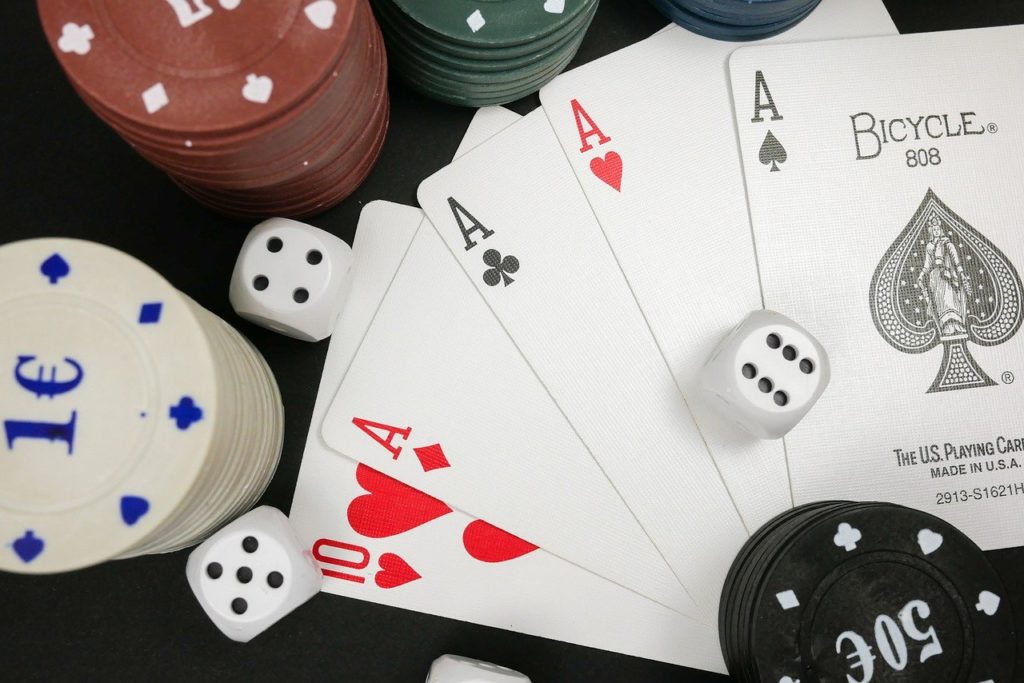Baccarat History – Origins of Baccarat
Baccarat is one of the oldest casino games to still be in existence. Its name derives from the Italian word for zero (baccara) and relates to the fact that face cards and tens have no value in the game.
The history of baccarat is not entirely clear but it is believed that the origins of the game could date back as far as the Middle Ages, and baccarat could have evolved from an Italian game that used the tarot cards. A more modern version is believed to have developed in Italy in about 1490.
A version of baccarat, known as “Chemin de Fer” (French for railroad) appears to have become popular amongst French aristocrats in the 1500s. This appears to have then travelled to England, on to South America and then to Nevada, with some alterations in the game being made along the way.
Baccarat History – Variations of Baccarat
European Baccarat:
One of the key features of Chemin de Fer, (which is still played in some casinos today, particularly in France) is that the casino does not play the role of banker (banco). Instead, the players bet amongst themselves, and play the role of banker in turn (although you can choose to pass on the banker role). As a result, the casino cannot win and so takes a percentage commission on all winning hands. Players also have the option to stand or draw on five, whereas in American baccarat the player automatically hits if his hand is worth five or less.
At some point, possibly when Chemin de Fer was introduced to England, a different version, known as European baccarat evolved. The rules of European Baccarat are very similar to that of Chemin de Fer, but the banker is controlled by the dealer and the casino finances his or her hand. There is therefore a set limit on how much the players can bet. If a player decides to cover the entire banker’s bet, he or she must shout “banco”. Once he has done so, no other player may bet during that round.
Baccarat Punto (or American Baccarat/Nevada Baccarat/Punto Banco):
By the time that baccarat appeared in South American casinos, it appears to have developed into a game combining elements of European baccarat and Chemin de Fer.
Baccarat was introduced to the United States of America by a casino executive called Francis Renzoni (nicknamed Tommy Renzoni), who had seen the game played in Cuban casinos before the Cuban Government closed them in the 1950s. Tommy Renzoni settled in Nevada, and claimed to have introduced baccarat (or Baccarat Punto), as it was known, to either The Dunes Casino or The Sands Casino in Las Vegas.
Baccarat Punto is also known as American Baccarat, Nevada Baccarat or Punto Banco. The main difference between Baccarat Punto and previous forms of baccarat is that the casino plays the role of banker. Baccarat Punto is the type most likely to be played in a casino, and the version of the game that people tend to be most familiar with.
Mini Baccarat
Baccarat was traditionally seen as a high prestige game, and casinos initially tried to preserve this image, separating the baccarat pit from the rest of the casino by setting it up in a roped off area, which casino staff would carefully monitor.
However, casinos soon began to realise that baccarat could be developed into a game that would appeal to general casino customers as well as the more exclusive clientele, and therefore introduced a new version of it known as Mini Baccarat. Although Mini Baccarat is played by essentially the same rules as Baccarat Punto, the table limits are lower, and it is a faster game to play because players are not allowed to touch the cards.
If you want to play baccarat at an on-line casino, you will find that you will be most likely to be offered mini-baccarat, because its low table limits and speed of play are more suitable for internet baccarat players.





